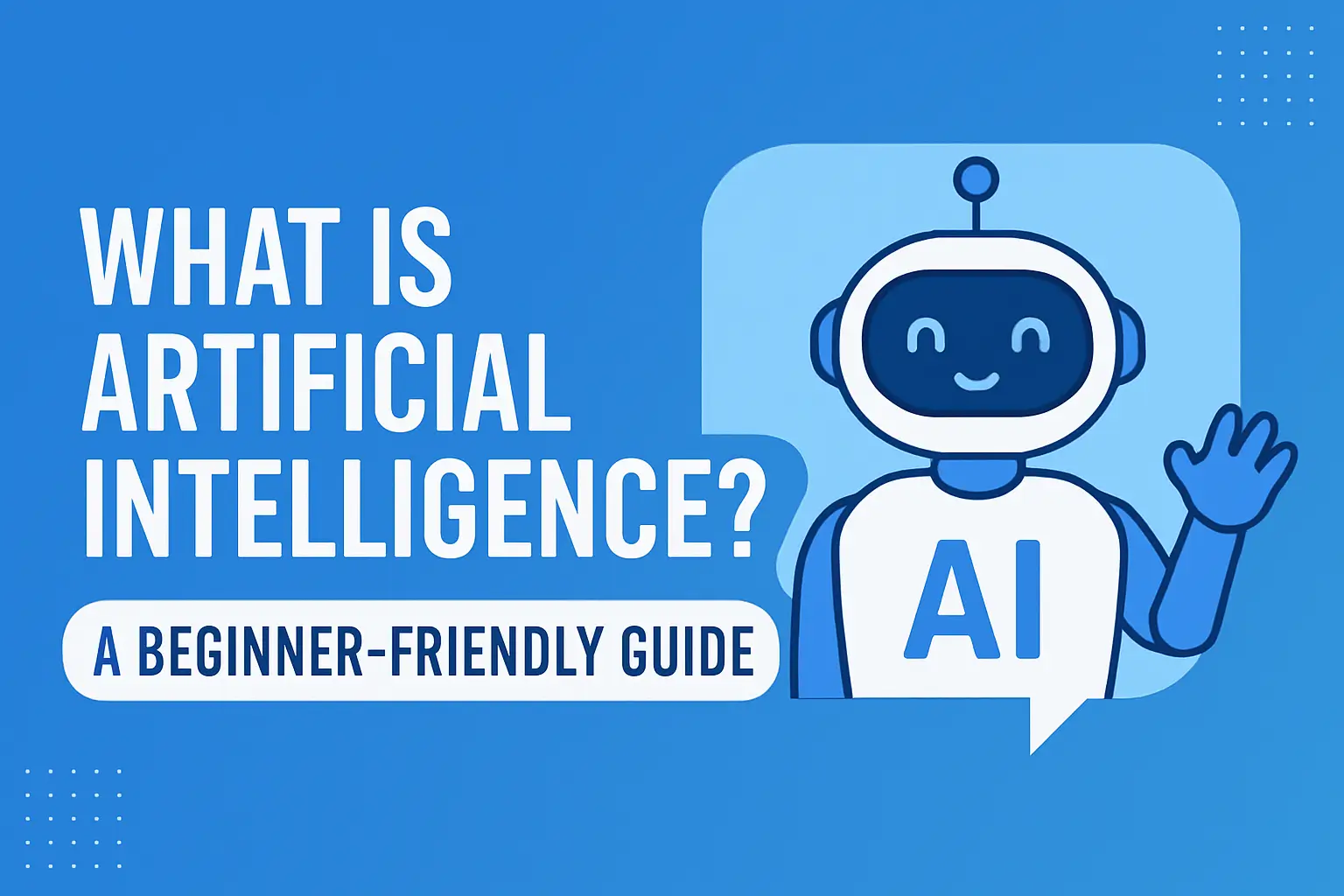Artificial Intelligence (AI) is a rapidly evolving field that is transforming the way we live, work, and interact. While the term might sound complex, AI is more accessible than ever. In this guide, we’ll break down what AI is, how it works, where it’s used, and why it matters—especially for beginners looking to understand its fundamentals.
Understanding Artificial Intelligence
Artificial Intelligence refers to the simulation of human intelligence in machines. These machines are programmed to think, learn, and problem-solve—traits traditionally associated with human cognition.
Types of AI
There are different types of AI, each with varying levels of capability:
- Narrow AI (Weak AI): Specialized in one task. Examples include voice assistants like Siri or Alexa.
- General AI (Strong AI): Hypothetical AI that can perform any intellectual task a human can.
- Superintelligent AI: A theoretical AI that surpasses human intelligence in all aspects.
Most AI systems today fall into the category of Narrow AI.
How Does AI Work?
AI relies on large datasets, algorithms, and computing power. Here’s a basic overview of its core components:
1. Data
AI systems learn from data. The more high-quality data available, the more accurate and efficient the AI becomes.
2. Algorithms
Algorithms are sets of rules or instructions given to an AI system to help it learn patterns and make decisions.
3. Machine Learning
A subset of AI, machine learning enables systems to learn from data and improve over time without being explicitly programmed.
4. Neural Networks
Inspired by the human brain, neural networks are algorithms designed to recognize patterns, make predictions, and improve with more data.
Real-World Examples of AI
AI is already a part of our everyday lives. Here are some common examples:
- Search Engines: Google uses AI to improve search results.
- Streaming Services: Netflix and Spotify recommend content using AI algorithms.
- Online Shopping: Amazon suggests products based on AI-driven behavioral analysis.
- Healthcare: AI assists in diagnosing diseases and recommending treatments.
- Finance: Fraud detection systems use AI to identify suspicious transactions.
Why Is AI Important?
AI is important because it enhances productivity, reduces human error, and opens new possibilities across industries. It’s not just a tech buzzword—it’s a foundational shift in how technology functions in our world.
Economic Impact
AI is expected to contribute trillions of dollars to the global economy. It’s becoming an essential skill for professionals across sectors, from marketing and design to logistics and engineering.
Accessibility
AI tools are increasingly user-friendly. Platforms like ChatGPT and DALL·E make advanced technology accessible even to those without technical backgrounds.
Common Myths About AI
Let’s debunk a few myths that often cause confusion:
- AI is going to replace all human jobs: Not entirely. While it will automate some tasks, it also creates new roles and industries.
- AI has consciousness: No. AI does not have emotions, consciousness, or desires.
- AI is always correct: Like any tool, AI can make mistakes and should be used with human oversight.
The Future of AI
The future of AI includes:
- Better personalization: In retail, entertainment, and healthcare.
- Smarter automation: In manufacturing, logistics, and transportation.
- Ethical challenges: Ensuring privacy, transparency, and fairness in AI systems.
Governments, researchers, and tech companies are investing heavily in AI governance and ethical frameworks to ensure AI benefits everyone.
How to Start Learning AI
If you’re new to AI, start with these steps:
- Read beginner-friendly guides (like this one).
- Take online courses on platforms like Coursera or edX.
- Experiment with AI tools like ChatGPT or Midjourney.
- Follow AI news and stay updated on developments.
Final Thoughts: Why You Should Care About AI
Artificial Intelligence is not a future concept—it’s already here and shaping our present. Whether you’re a student, professional, or curious learner, understanding AI is an investment in your future. With its growing presence in everyday applications, now is the perfect time to get acquainted with the basics and explore its potential.
